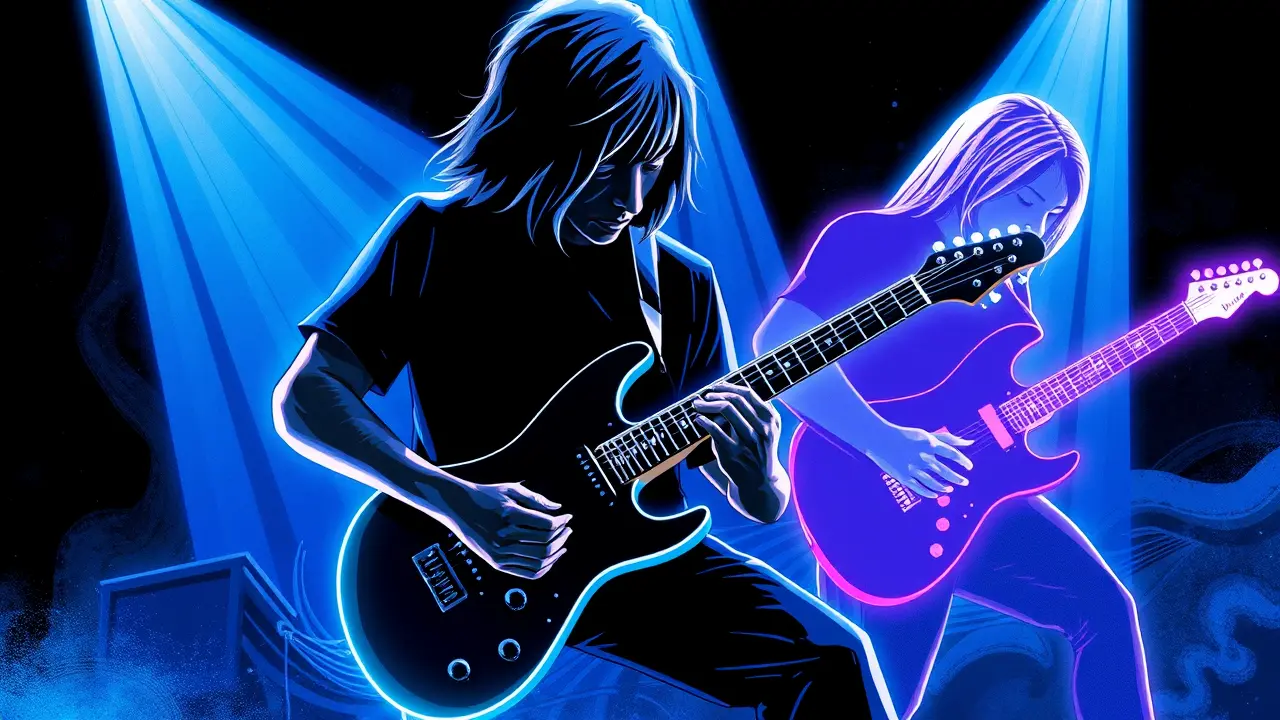Underrated Alt-Rock Guitarists Who Shaped the Genre
For every alt-rock guitar god canonized by history—your Corgan, your Cobain—there exists a shadow pantheon of six-string savants whose innovations quietly became the genre's bedrock. The conversation often starts with The Smashing Pumpkins' dual-guitar alchemy, where Billy Corgan's searing, symphonic leads met James Iha's textural, shoegaze-inspired washes, creating a dense wall of sound that defined '90s angst.But the true architects of the alt-rock guitar vocabulary are the unsung players who treated their instruments not as vehicles for solos, but as engines of texture and rhythm. Think of The Edge's disciple in Sonic Youth's Thurston Moore, who deconstructed rock guitar entirely with alternate tunings and screwdrivers jammed between strings, transforming feedback into melody.Or consider the jagged, post-punk minimalism of Gang of Four's Andy Gill, whose spiky, dissonant funk chops provided the DNA for bands like R. E.M. and Red Hot Chili Peppers.Then there's the overlooked genius of Polvo's Ash Bowie, a mathematician of dissonance who employed bizarre, microtonal scales to craft songs that were both cerebral and visceral, influencing the entire math-rock movement. And we cannot forget the atmospheric soundscapes sculpted by Robin Guthrie of Cocteau Twins, whose lush, effects-laden guitar work was less about riffing and more about painting with sound, creating an ethereal blueprint for dream pop and shoegaze that echoes through bands like My Bloody Valentine and Slowdive.These players, often operating from the periphery, eschewed technical grandstanding for sonic exploration, prioritizing mood, noise, and texture over pentatonic pyrotechnics. Their legacy isn't measured in blistering solos but in the very tonal palette of alternative rock—the willingness to embrace noise, to find beauty in dissonance, and to use the guitar as a tool for atmospheric world-building rather than mere chord progression. They shaped the genre's sound not by being the loudest, but by teaching a generation that a guitar could sound like anything, even, and especially, something entirely new.
It’s quiet here...Start the conversation by leaving the first comment.
